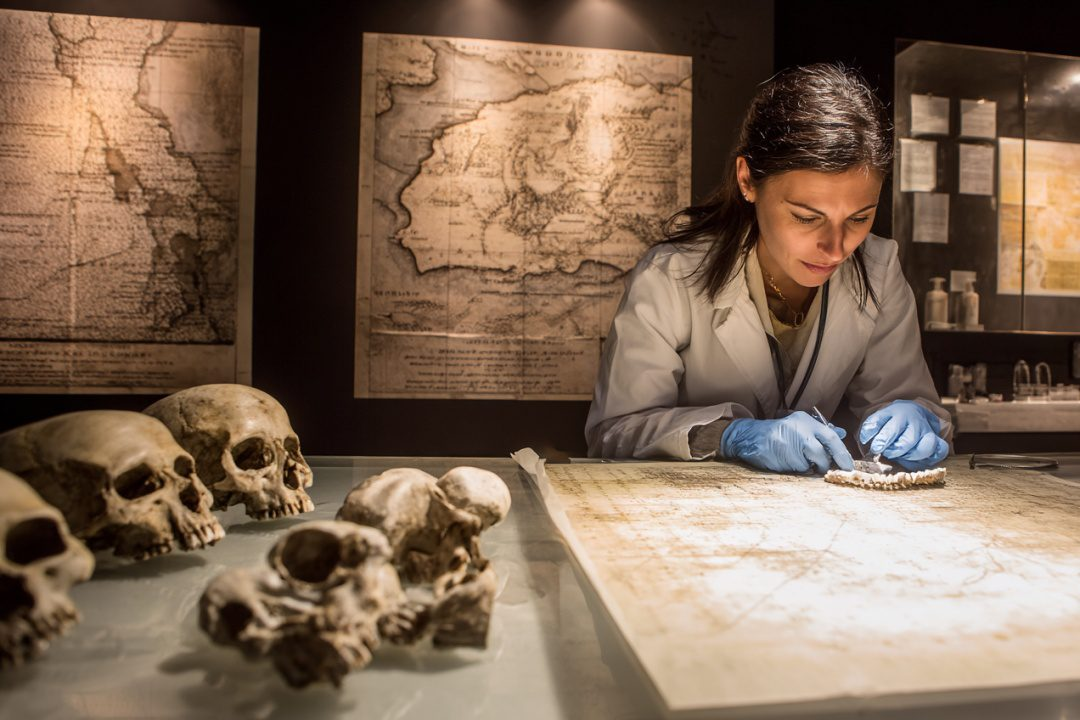The Battle of Himera was long celebrated as a glorious Greek victory. But the warriors’ teeth tell a very different story.
The Battle of Himera in 480 BCE is considered one of the most heroic moments of the Greek world in Sicily. According to Herodotus and Diodorus Siculus, the city was saved thanks to the unity of the Greek colonies and the bravery of the Greek warriors. It was the same year as the Battle of Salamis—the year when the Greeks defeated the “barbarians” in both East and West.
However, recent scientific research has challenged this cherished legend. A team of American and Italian scientists analyzed the teeth of dozens of soldiers buried in mass graves at Himera. These men, killed in the battle of 480 BCE, had long been assumed to be Greeks. But their teeth revealed another story.
By studying isotopes of strontium and oxygen in the tooth enamel, researchers were able to identify where each soldier was raised. Strontium comes from the water and food consumed during childhood and leaves a chemical “fingerprint” in the body. If the strontium and oxygen isotopes in the teeth don’t match those of the region, it means the person did not grow up there.
This was the case for dozens of the dead at Himera. Their isotopic signatures did not match the locals. They weren’t from Himera, or from Gela, nor even from any Greek colony. They came from elsewhere—raised on other continents, under different conditions, far beyond the Greek world. They were mercenaries.
Possibly Celts. Possibly Italic peoples. Possibly Africans. Men hired to fight someone else’s war—and sacrificed in a battle now hailed as Greek glory. These men never spoke Greek themselves, yet today they lie buried beneath tombstones honoring them as Greek heroes.
The battle of 409 BCE, fought in the same area, tells a different tale. Scientists analyzed teeth there too—and this time, yes: the fighters were locals. They fought alone and lost. Himera fell. And with it, perhaps, the truth about what happened 70 years earlier was buried.
Ancient historians spoke of courage and unity. Science speaks of strategy and payment. The battle was won—but not in the way we thought. And the teeth spoke clearer than anyone ever could.







